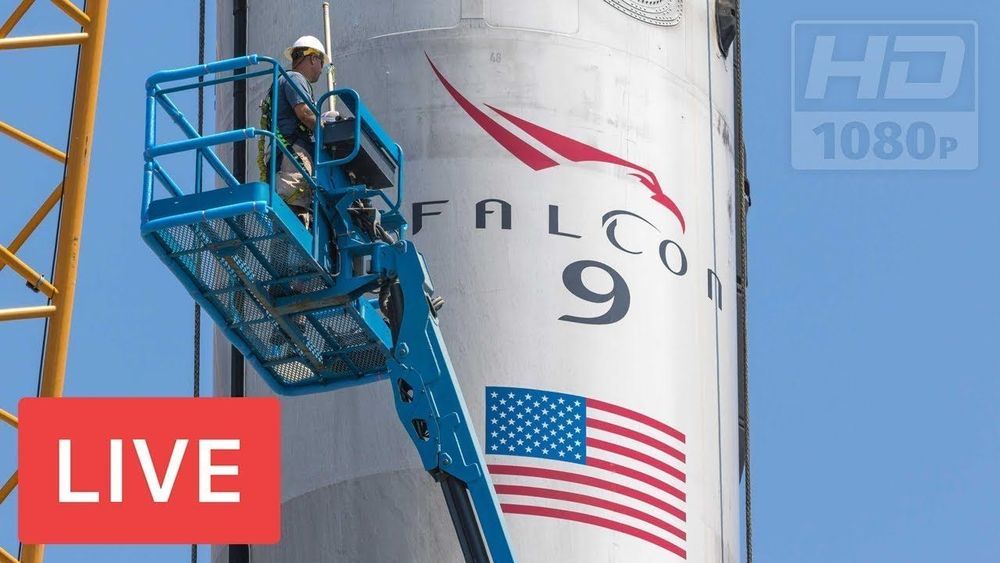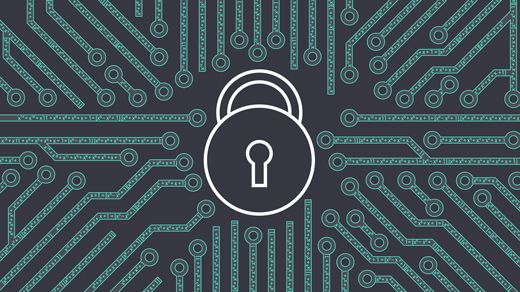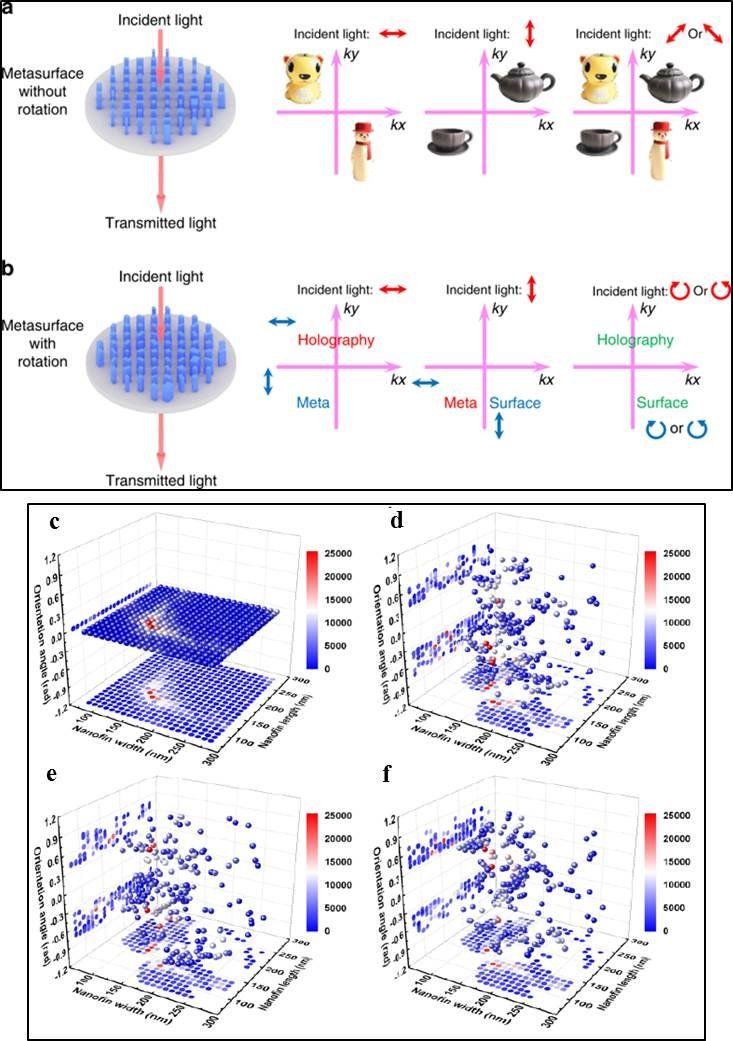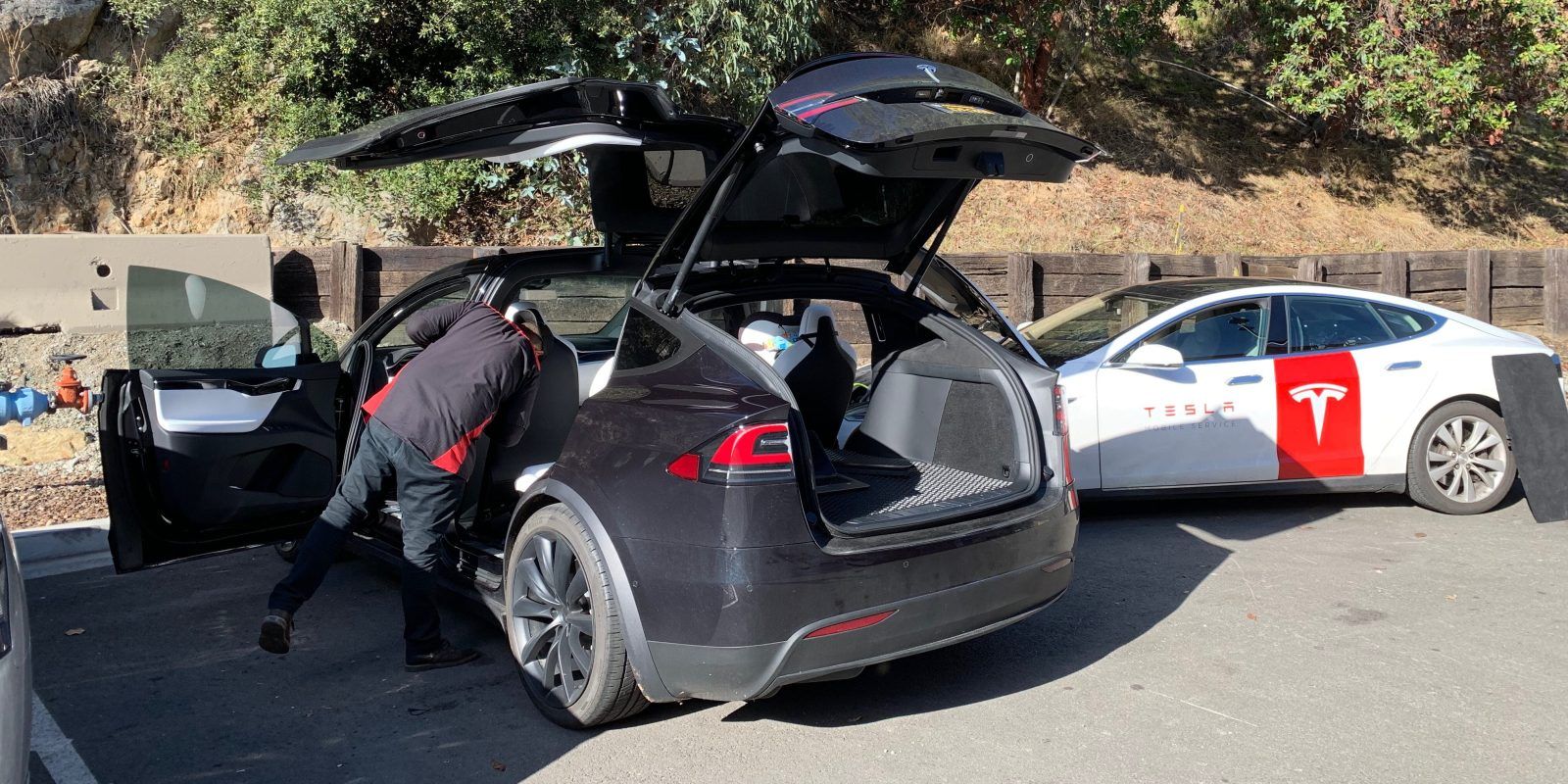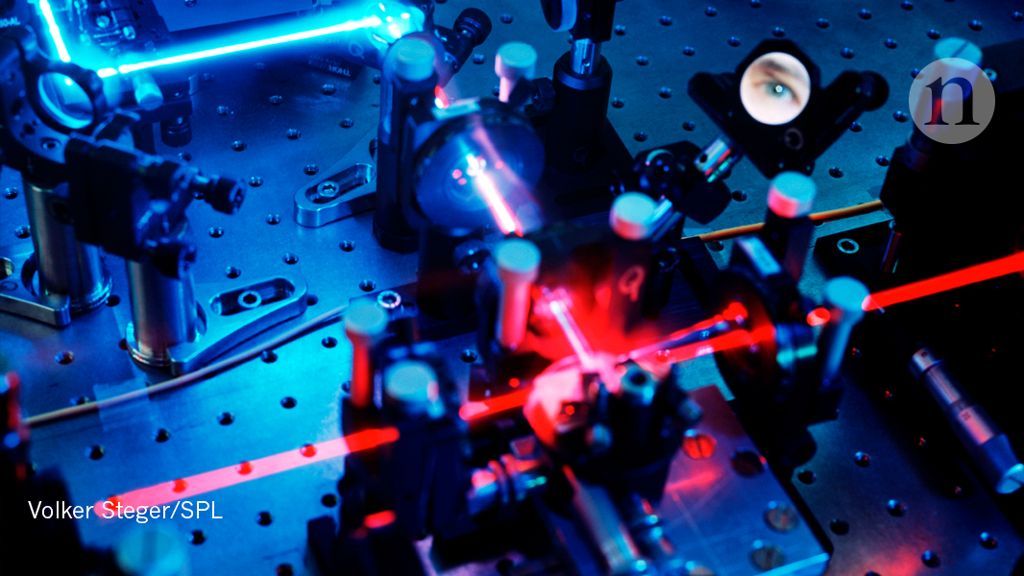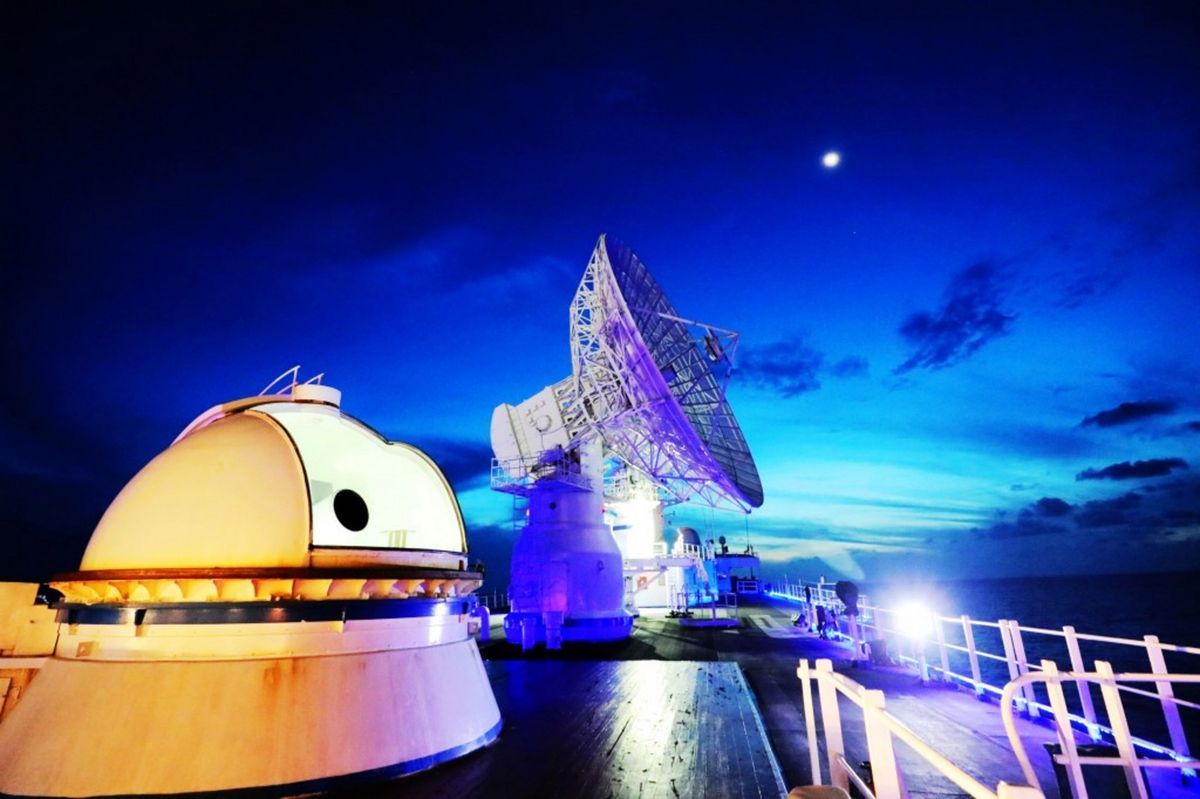Dec 25, 2018
Early-warning tools aim to prevent ‘water wars,’ curb droughts
Posted by Genevieve Klien in category: security
Water scarcity is a global security risk. Researchers are developing ways to forecast risks to prevent conflicts.
A plant grows between cracked mud at the Theewaterskloof dam near Cape Town, South Africa, on Jan. 21, 2018. The dam, which supplies most of Cape Town’s potable water, is currently dangerously low as the city faces “Day Zero”, the point at which taps will be shut down across the city. Mike Hutchings / Reuters file.

